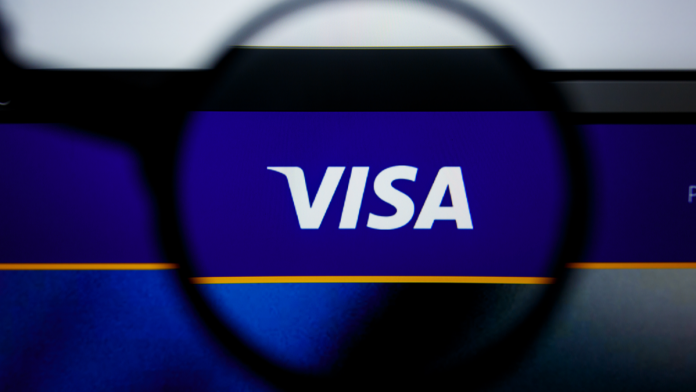Visa has announced an expansion of its Fintech Fast Track program to provide members with improved access to real-time money movement through Visa Direct.
“In today’s evolving payments landscape, fintechs of all shapes and sizes are seeking to carve out their unique niche,” the company said.
“Fintech builders need ways to differentiate their offerings – and embedding payment capabilities has proven to be a successful strategy for speeding up transactions.”
Now, the Fintech Fast Track program will open up more opportunities for its members beyond card issuance, with Visa Consulting & Analytics developing additional capabilities to support key growth initiatives.
Vanessa Colella, SVP, Global Head of Innovation and Digital Partnerships at Visa, said: “Fintechs are a vital growth engine for the payments industry, and Visa is committed to supporting their progress.
“The enhanced Fast Track program offers fintechs personalised tools and resources to innovate and excel. We believe this will be a gamechanger that will catalyse new growth opportunities within this community, and further our mission to uplift everyone, everywhere.”
With the expansion of Fast Track to now include Visa Direct, fintechs can use their financial institutions to launch global transfers to various eligible cards, bank accounts and wallets.
Through Visa Direct, companies can explore person-to-person payments and account-to-account transfers, business and government payouts to individuals or small businesses and merchant settlements and refunds.
Additionally, the Fast Track program will now also give fintechs the chance to receive up to $100k worth of Amazon Web Services Activate credits that will help with their cloud consumption, business support and personalising their content offering.
Colella added: “Our portfolio of fintech partners is diverse and continues to expand. This generation of fintechs is addressing challenges and pain points for specific groups, professions, and online communities, and designing tools to bridge the gaps in the payment ecosystem.”























